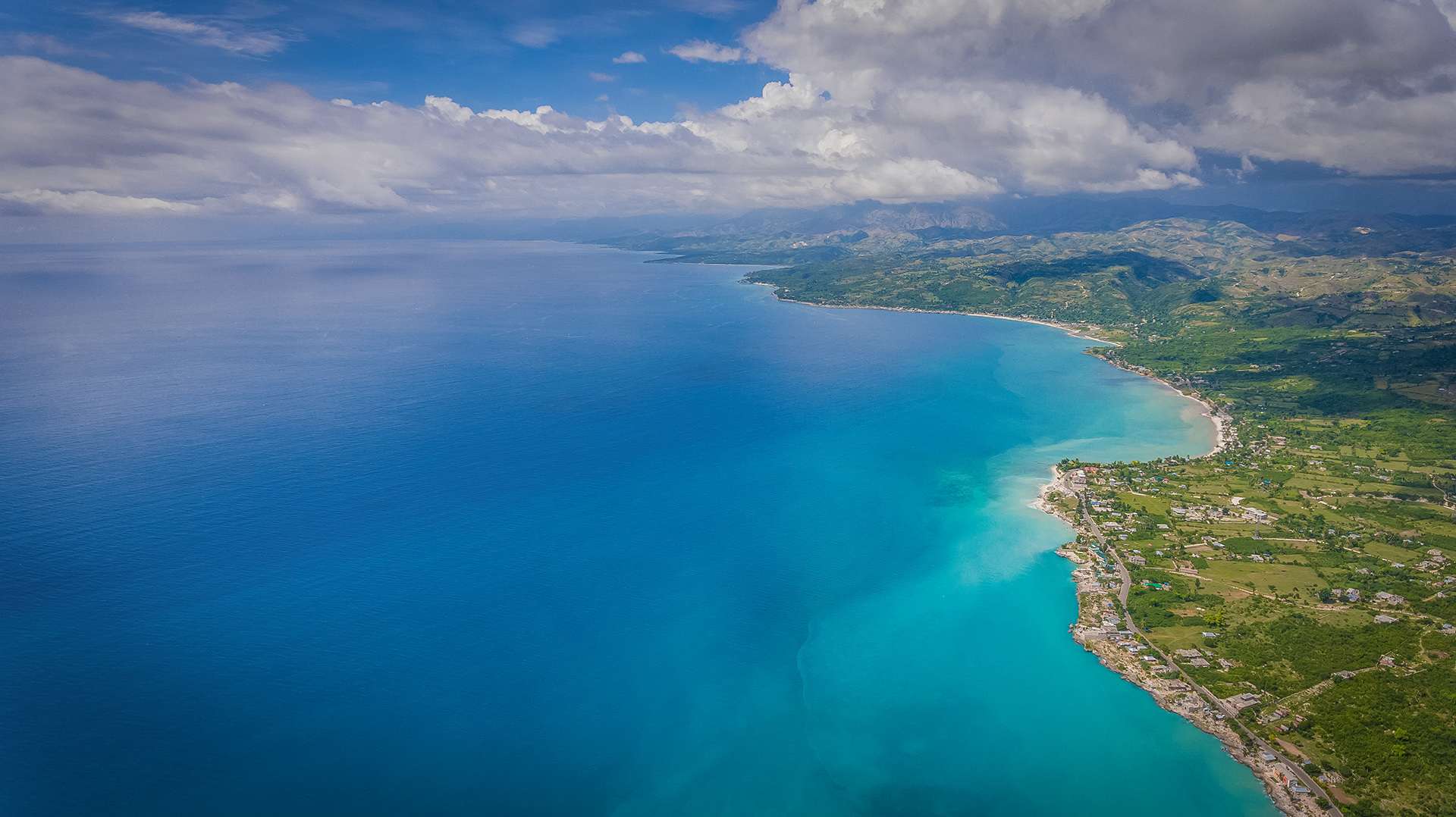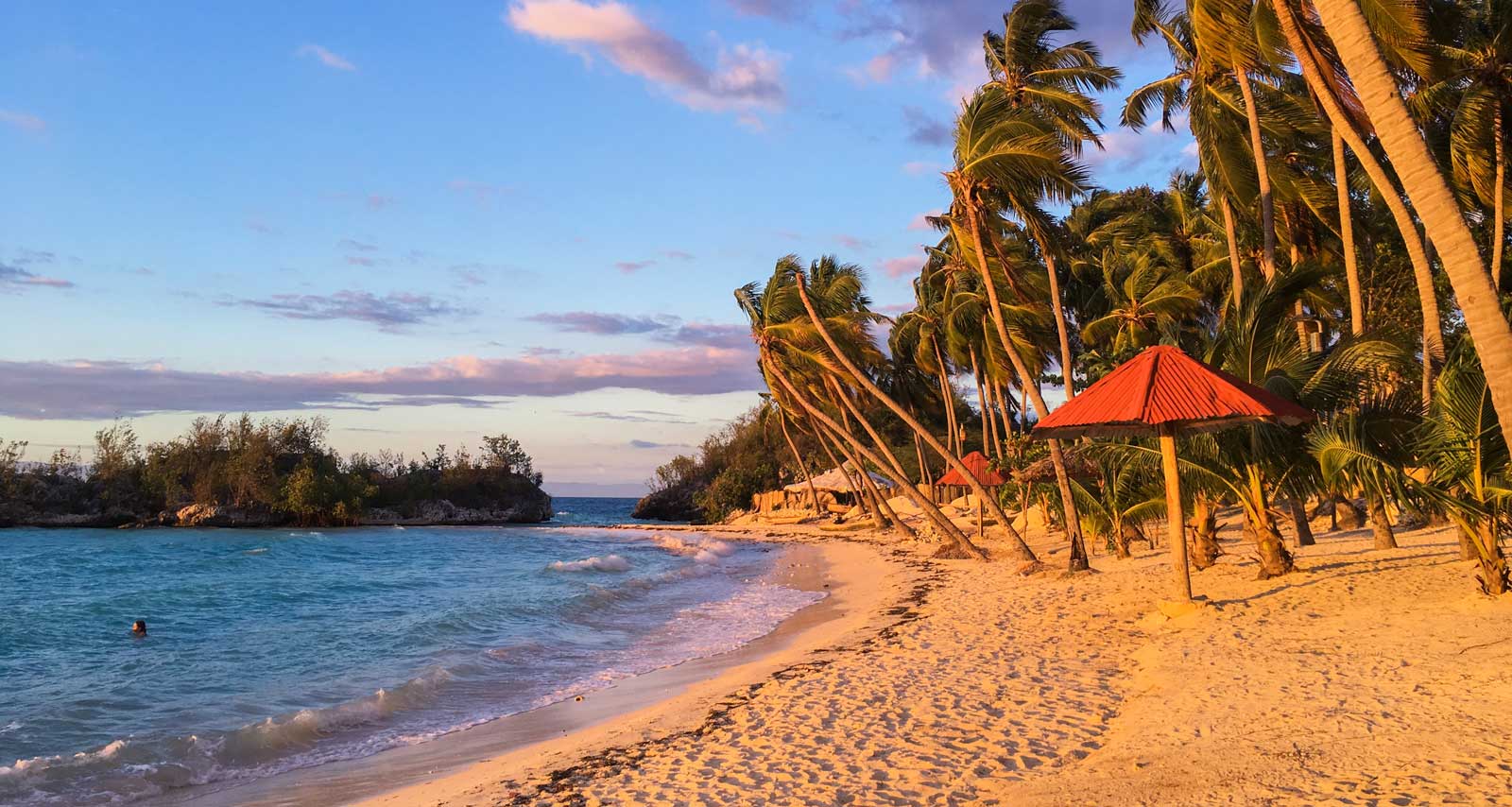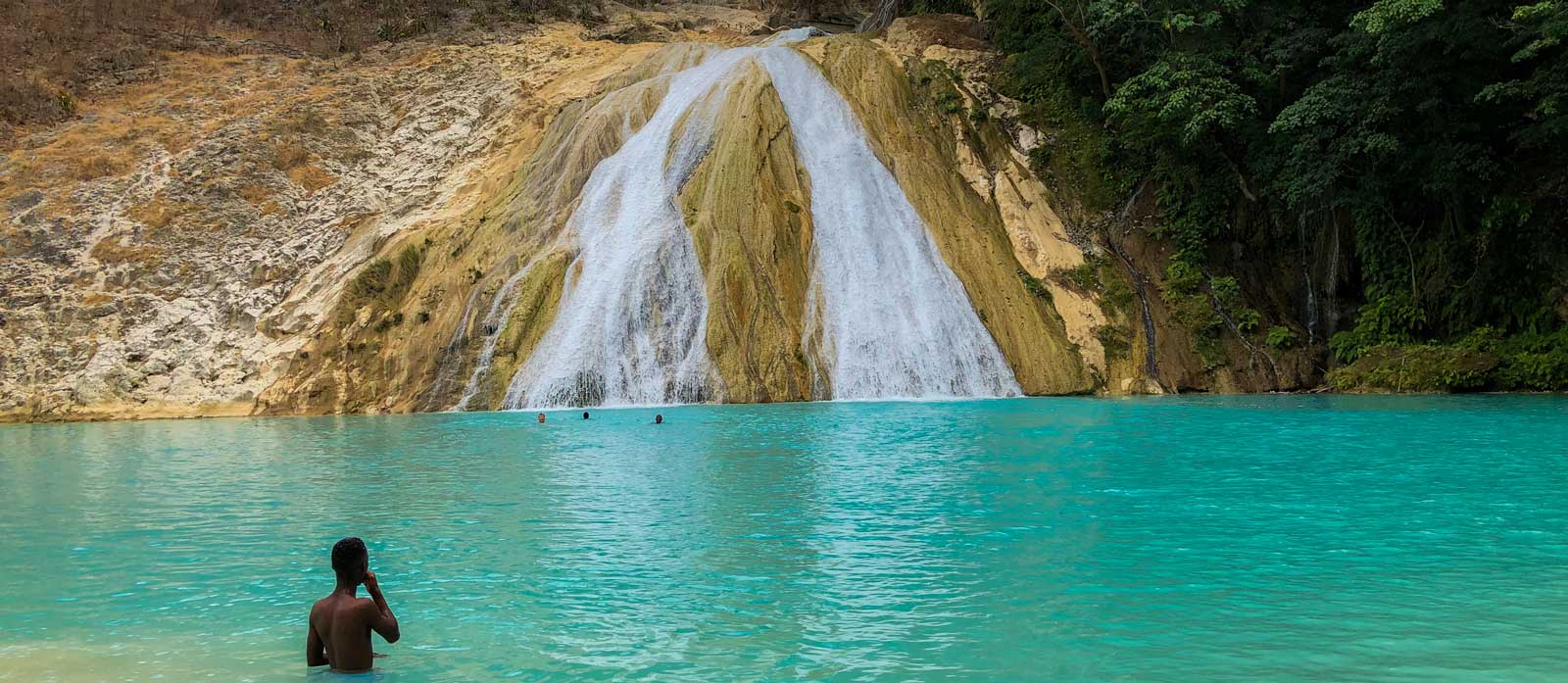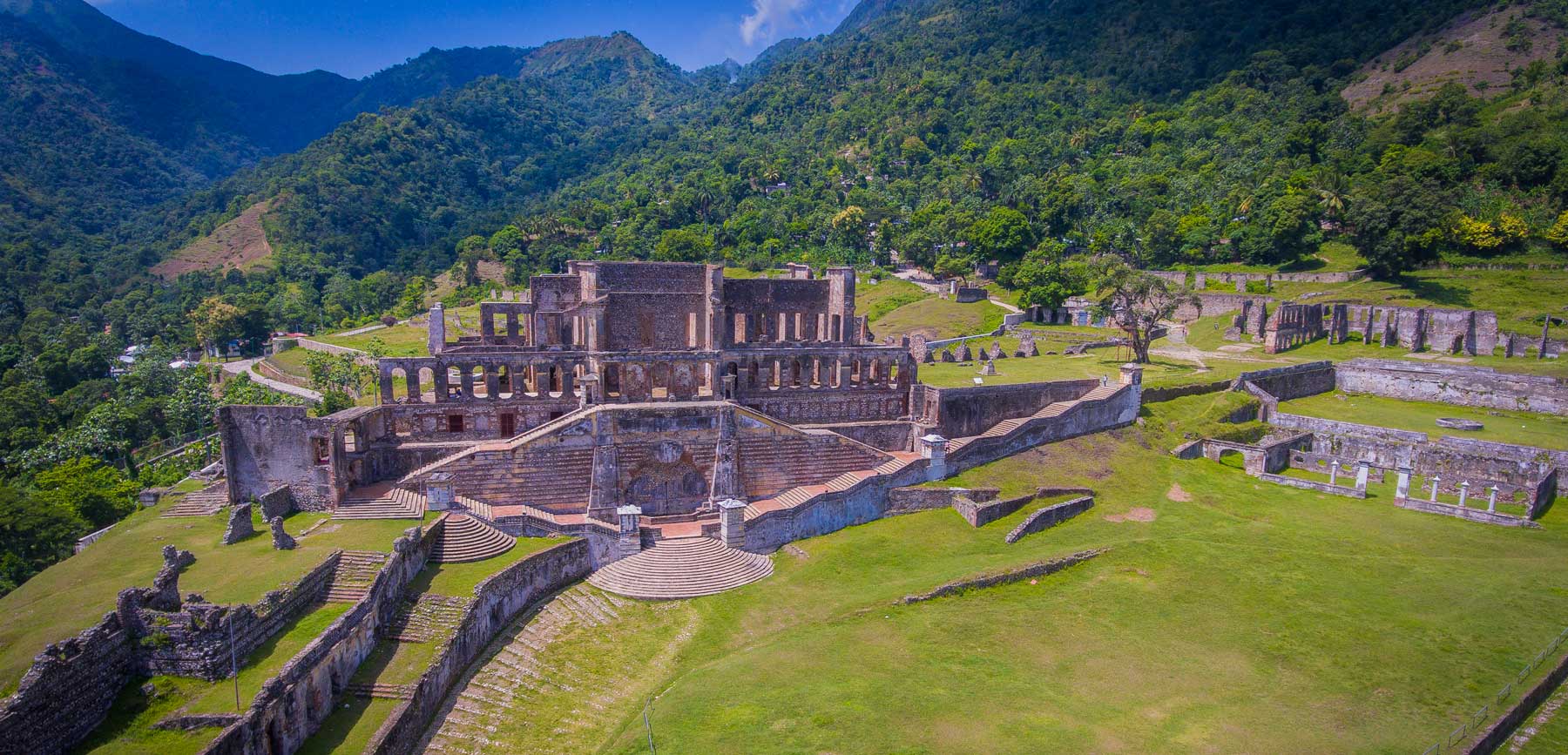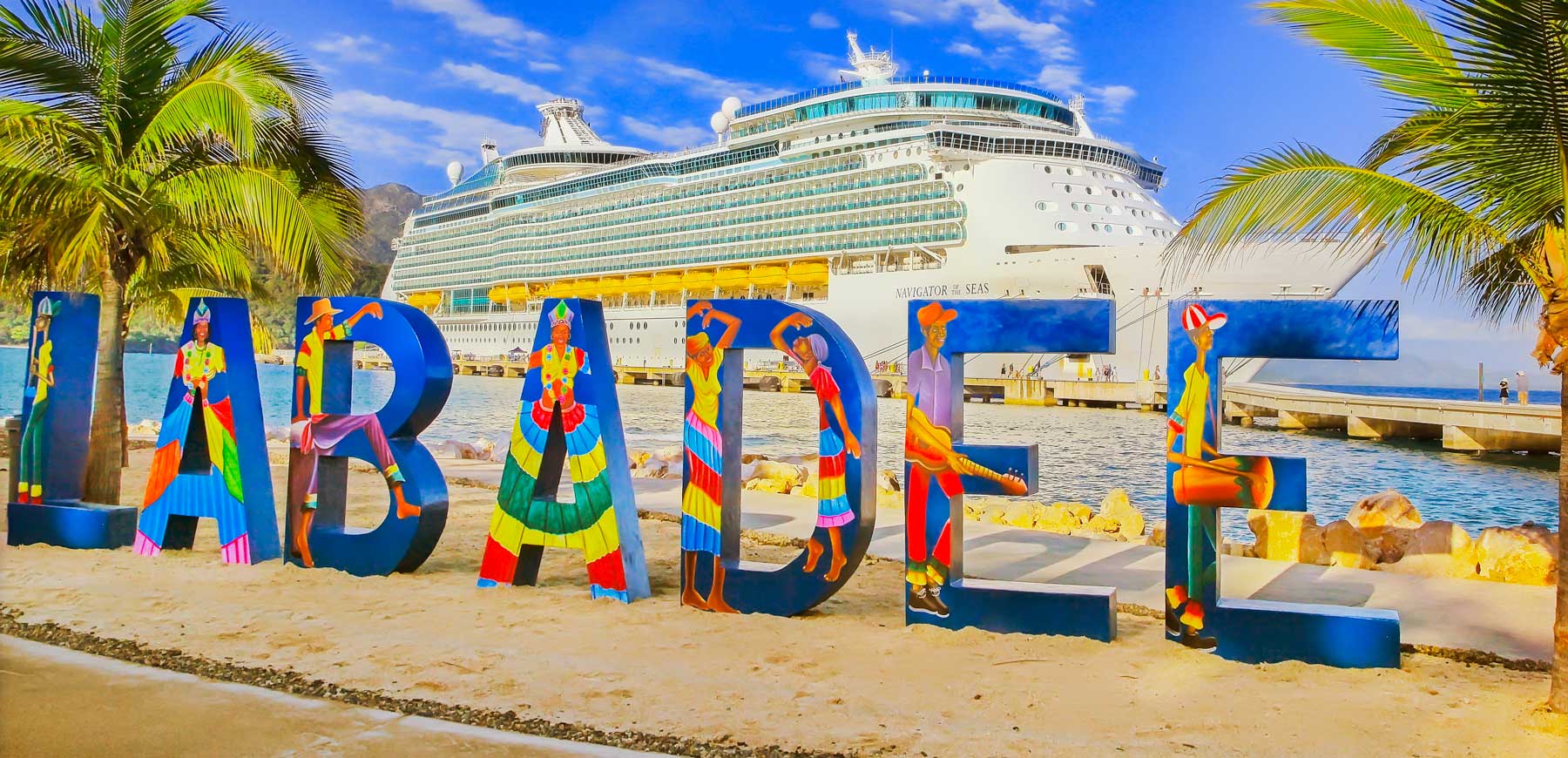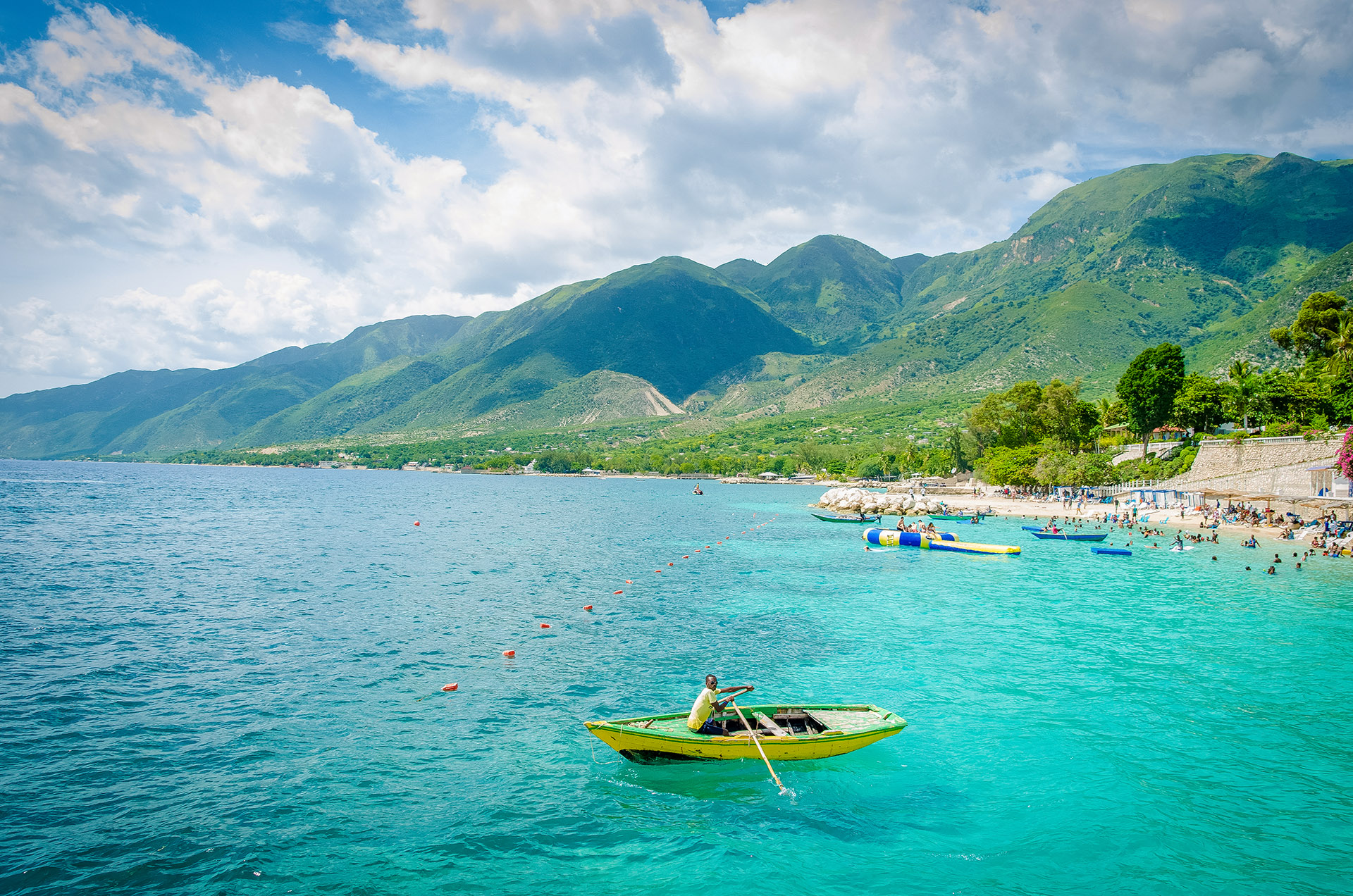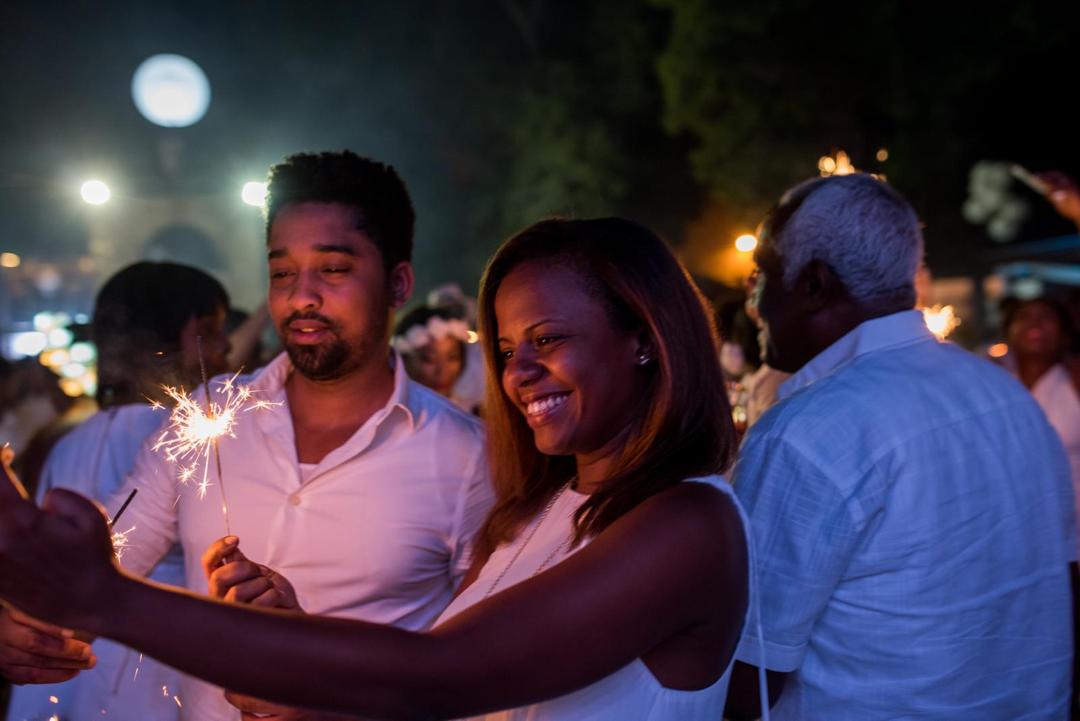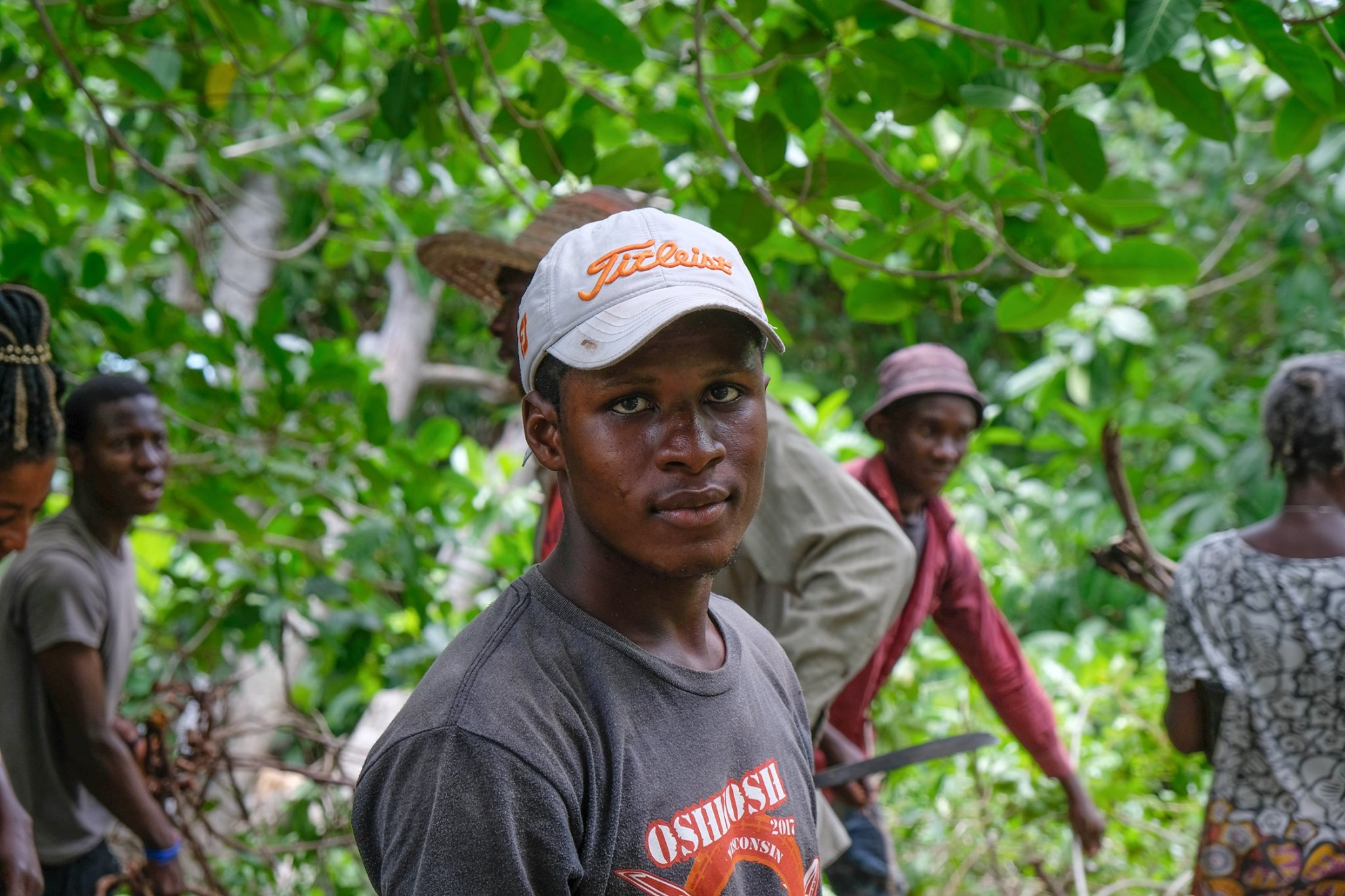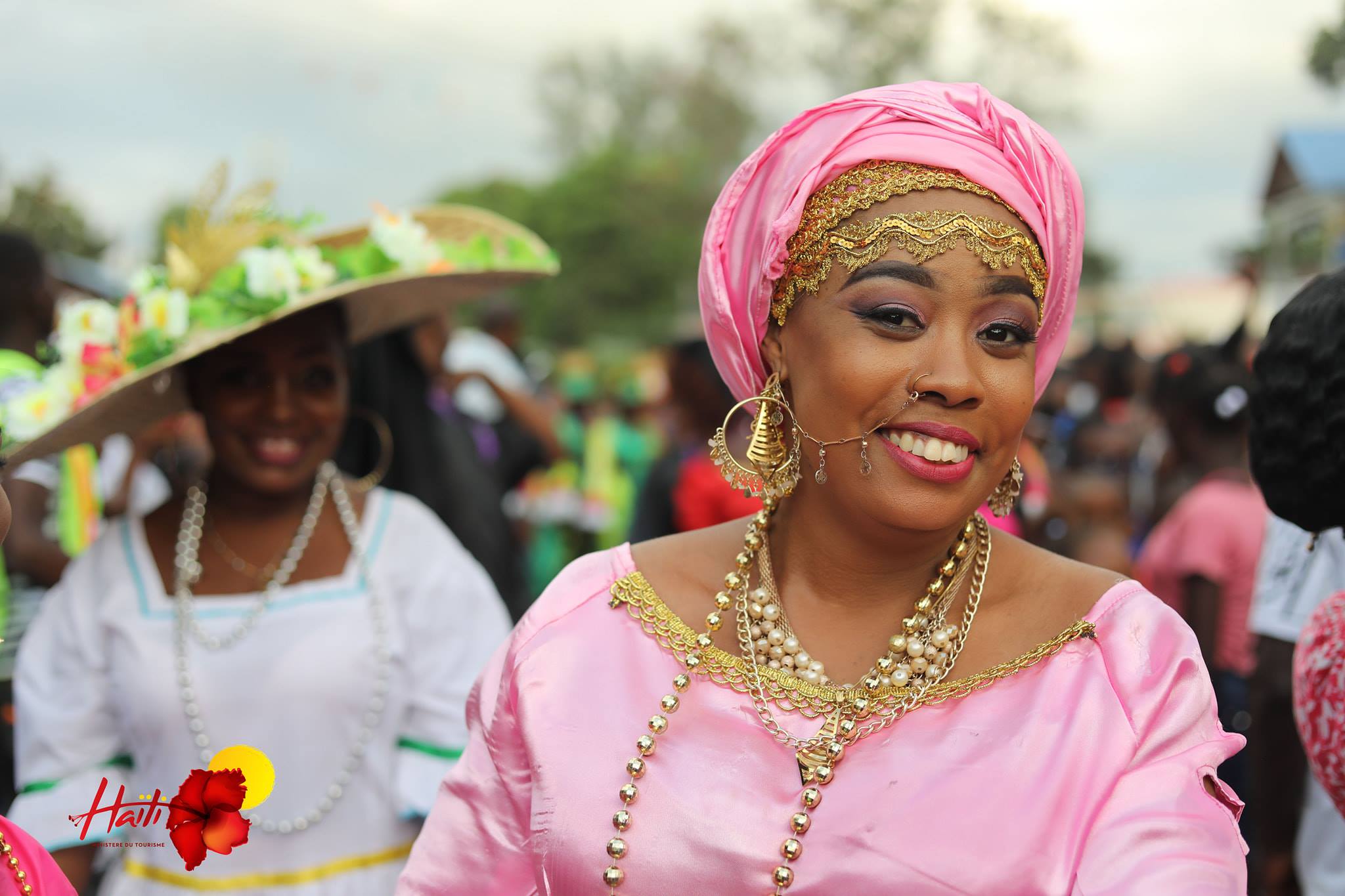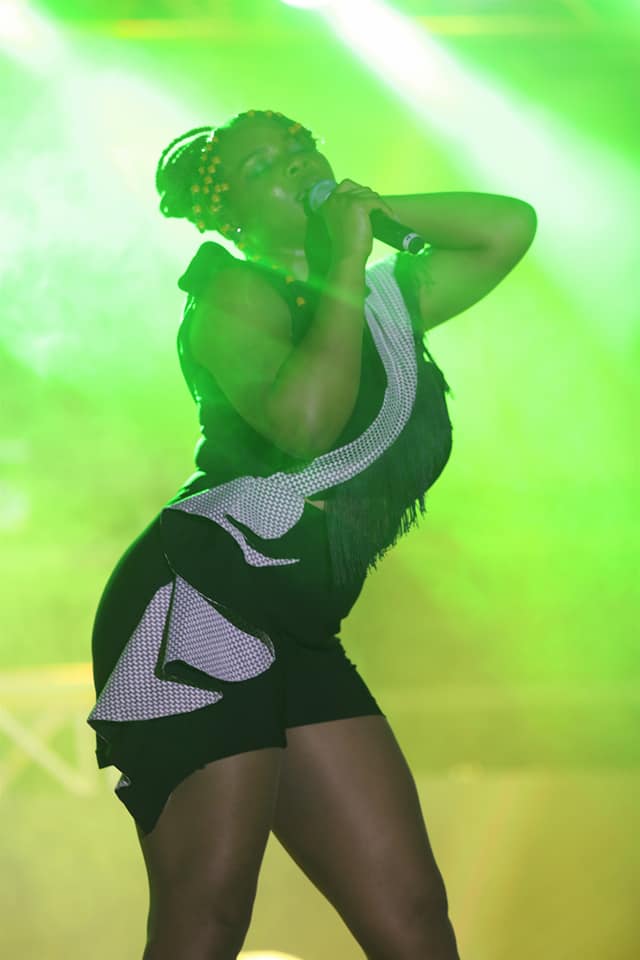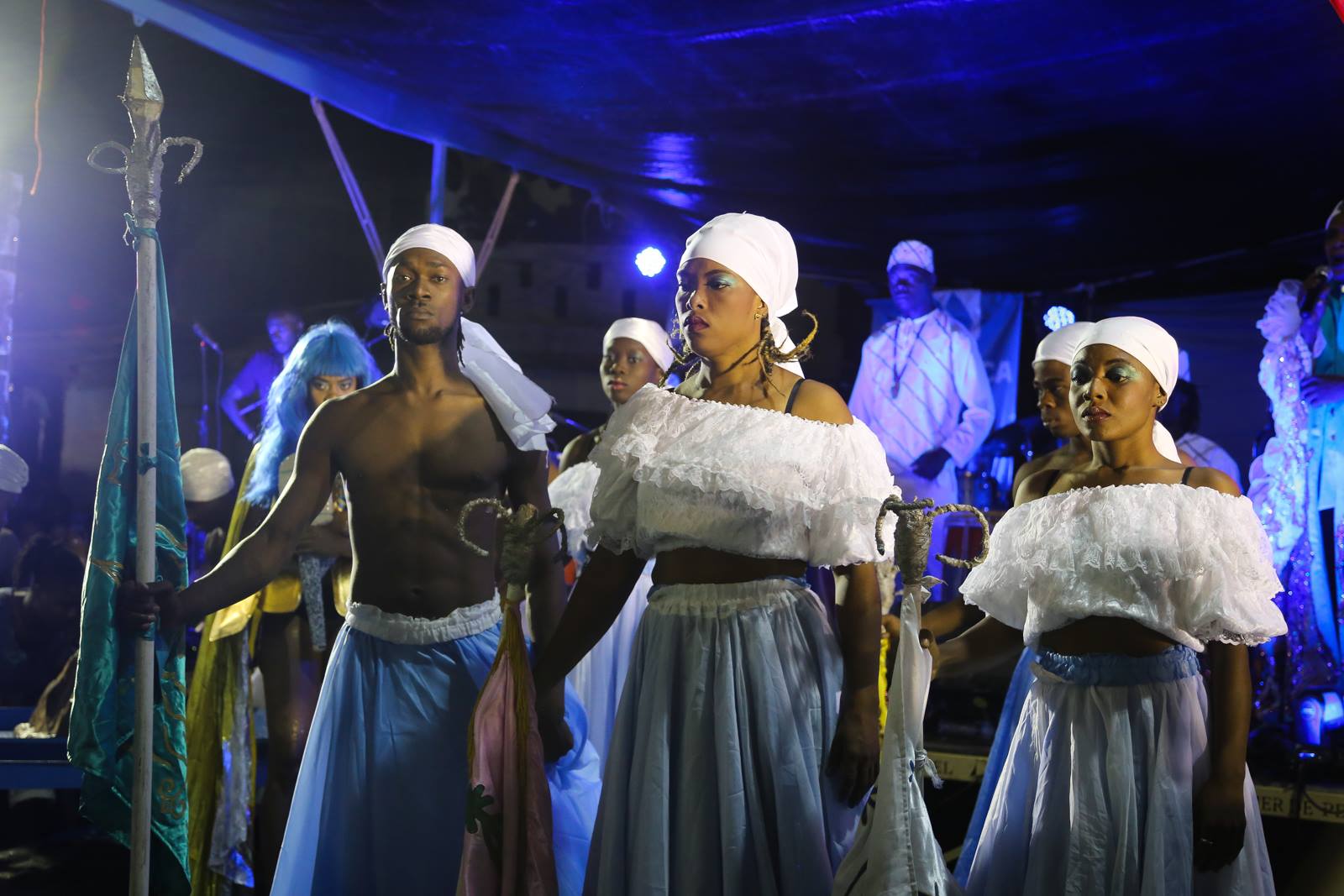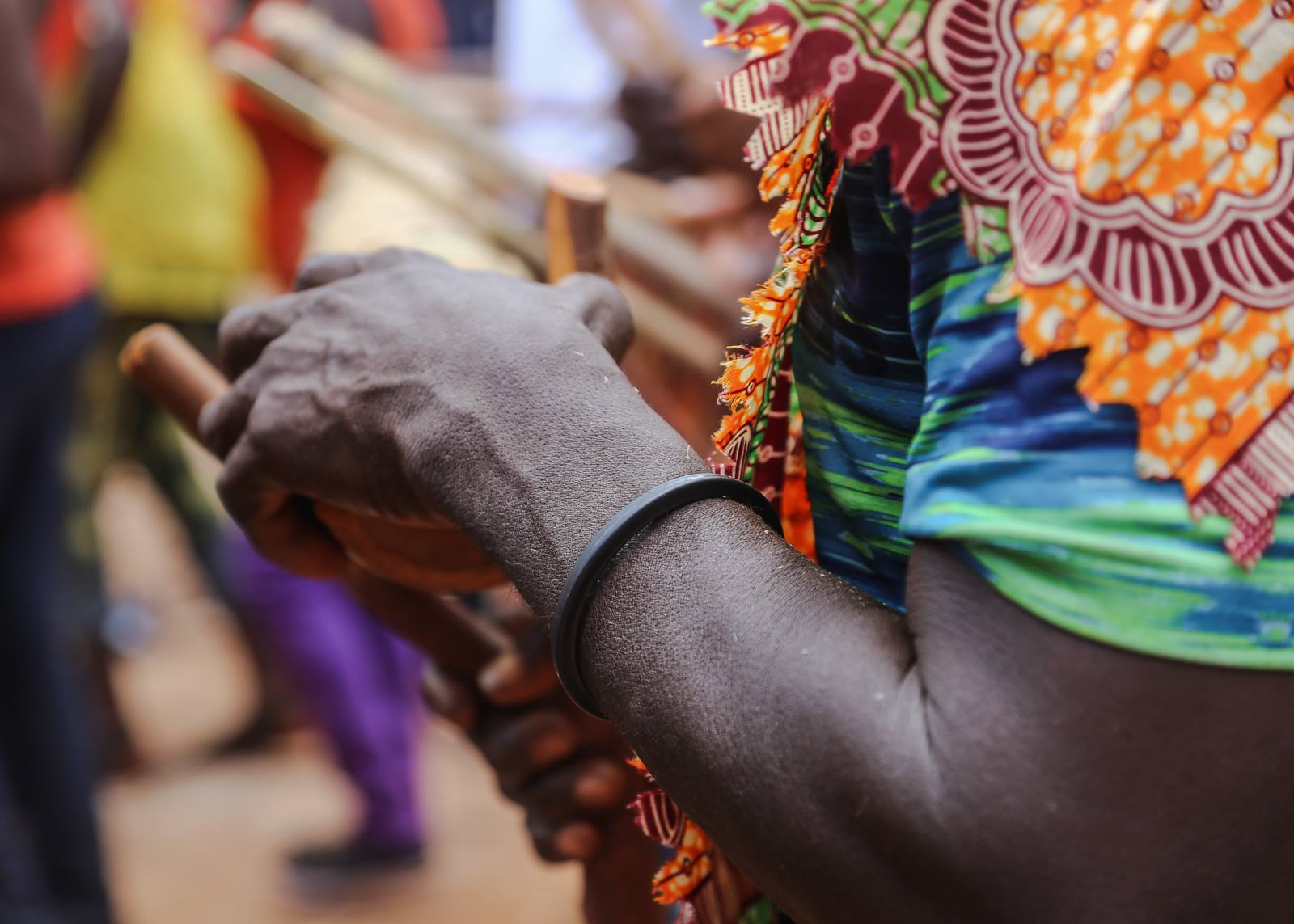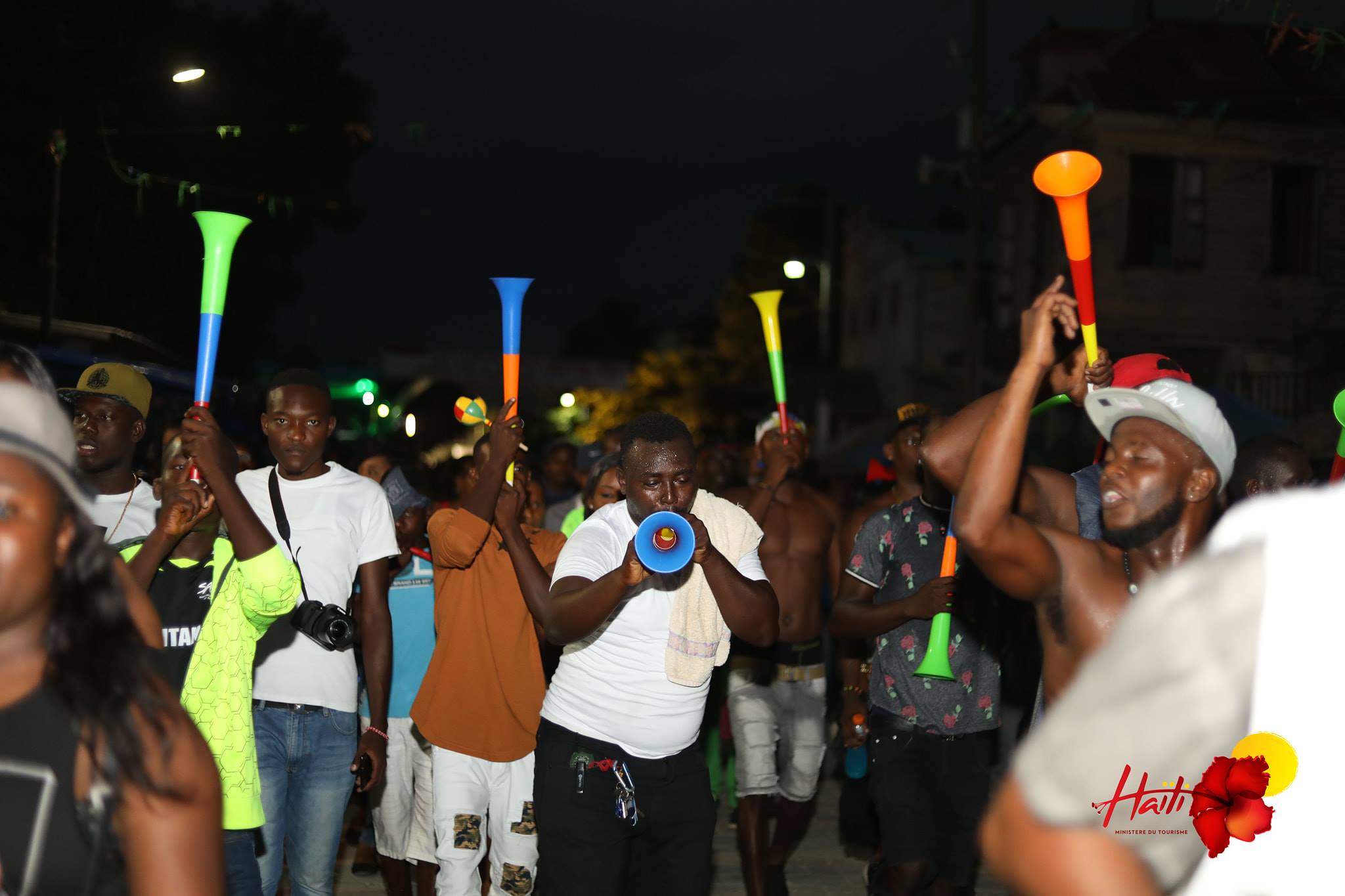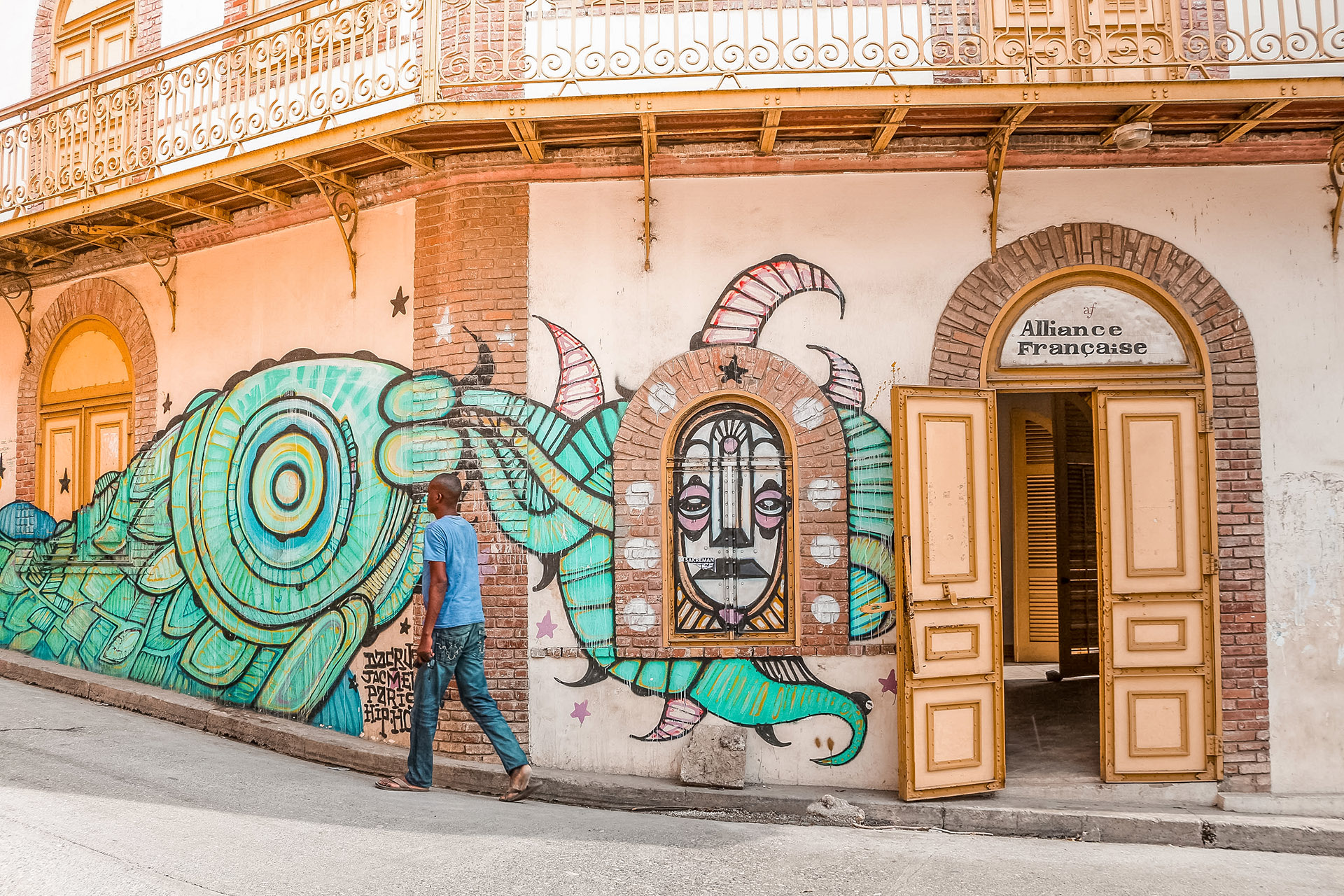
Discover New Horizons
For international travellers, Jacmel is famous mostly for its annual carnival. Located in the south, with a vibrant festival and music scene steeped in history, and plenty of bars to choose from, Jacmel might be considered Haiti’s New Orleans.
Further east, you’ll find gorgeous Marigot. A coffee-growing town, Marigot has rated several times in Haiti’s top-ten communes. For a very reasonable price, you can wake up in an excellent boutique hotel with ocean views, the sounds of roosters crowing, and the smell of home-grown coffee roasting.
From beautiful beaches to fantastic festivals and an endless array of artistic expression, this city is the cultural capital of Haiti.
Lorem Ipsum
Lorem ipsum dolor sit amet, consectetur adipisicing elit. Tenetur assumenda nostrum autem dolor quo cupiditate.
Lorem ipsum dolor sit amet, consectetur adipisicing elit. Quasi, animi. Magni laudantium, ad rerum mollitia.
Lorem ipsum dolor sit amet, consectetur adipisicing elit. Corporis beatae obcaecati saepe modi quam autem.
Lorem ipsum dolor sit amet, consectetur adipisicing elit. Nesciunt nulla aliquid a explicabo officia. Doloremque!
Lorem ipsum dolor sit amet, consectetur adipisicing elit. Fuga ad assumenda eveniet sunt consequatur numquam.
Lorem ipsum dolor sit amet, consectetur adipisicing elit. Nesciunt nulla aliquid a explicabo officia. Doloremque!
Top Destinations
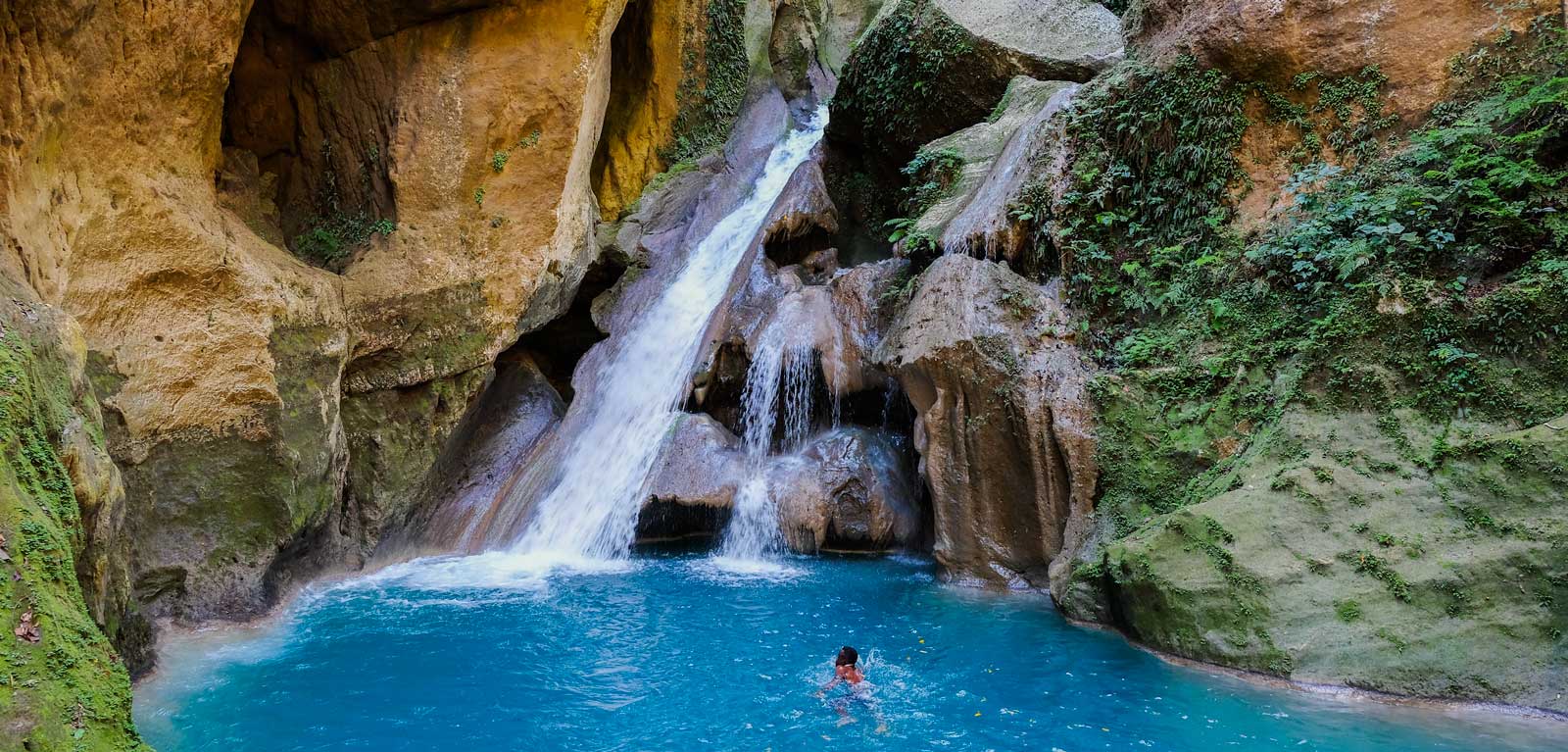
Jump into the cobalt waters of Bassin Bleu
Guarded by imposing rock formations, this series of four cobalt-blue pools linked by waterfalls is just 12km west of Jacmel.
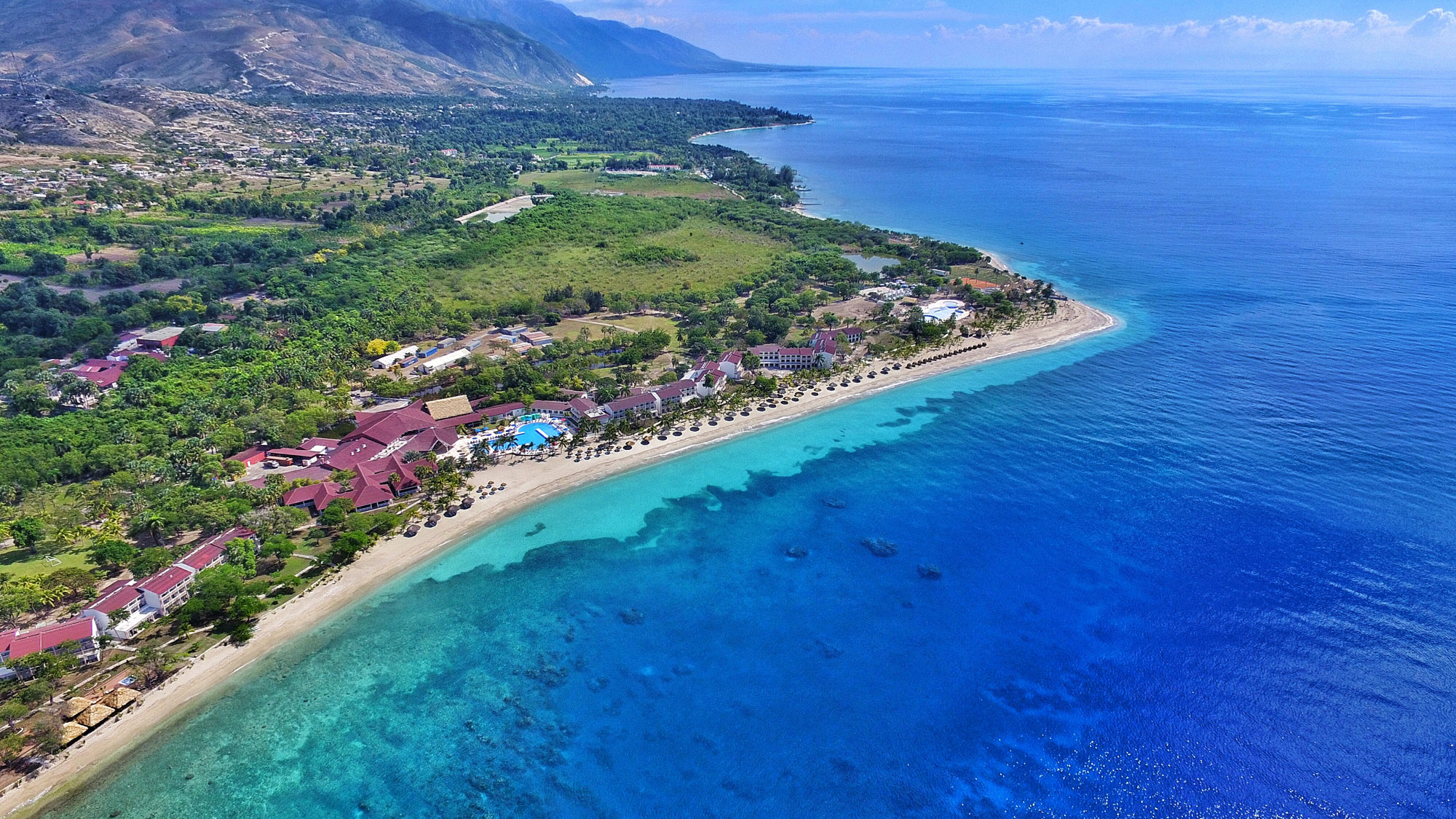
Looking for world-class beachside relaxation?
Royal Decameron, smack in the middle of the Arcadins coast, is your go-to for an all-inclusive experience in Haiti. With spacious rooms, swimming pools, authentic Haitian food, and recurring activities to keep you entertained throughout the days and evenings, it really is the easiest place to go for a weekend of unscripted relaxation and fun!
The broken heart of Port-au-Prince: Champs de Mars
Statues of Haiti’s founding fathers are here, including Alexander Pétion, Henri Christophe, Jean-Jacques Dessalines, and Toussaint Louverture. The most arresting of them all, though, is Marron Inconnu, the iconic statue of the unknown slave blowing a conch-shell trumpet. Sculpted by Haitian sculptor Albert Mangonès, the statue represents a runaway slave on one knee, arching back to blow into the conch-shell trumpet. In his free hand, he holds a machete; around his ankle is a broken chain. In Haitian history, the sound of blowing into a conch was used to announce a slave’s – or a group of slaves’ – freedom. The statue stands to represent Haiti’s independence from the French.

